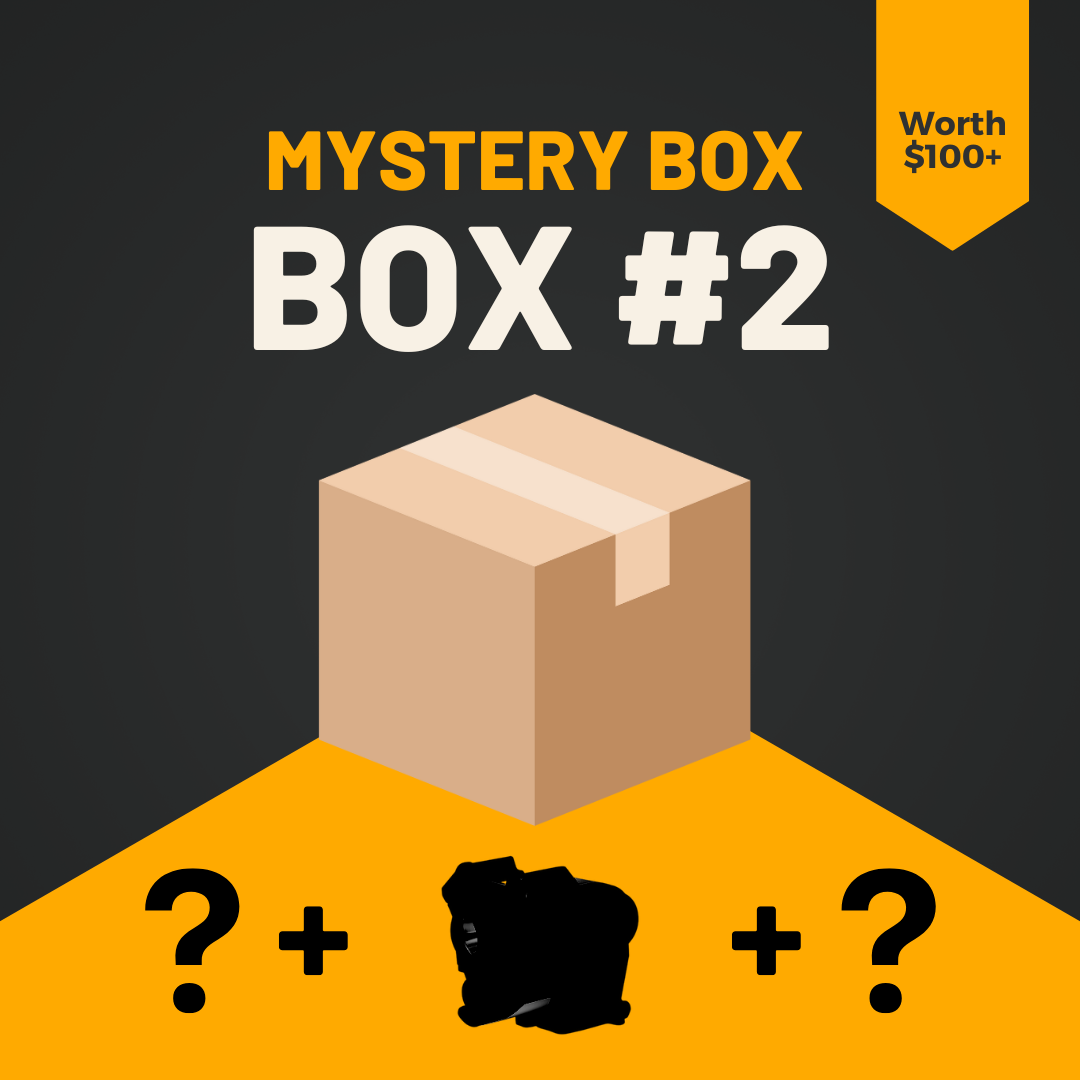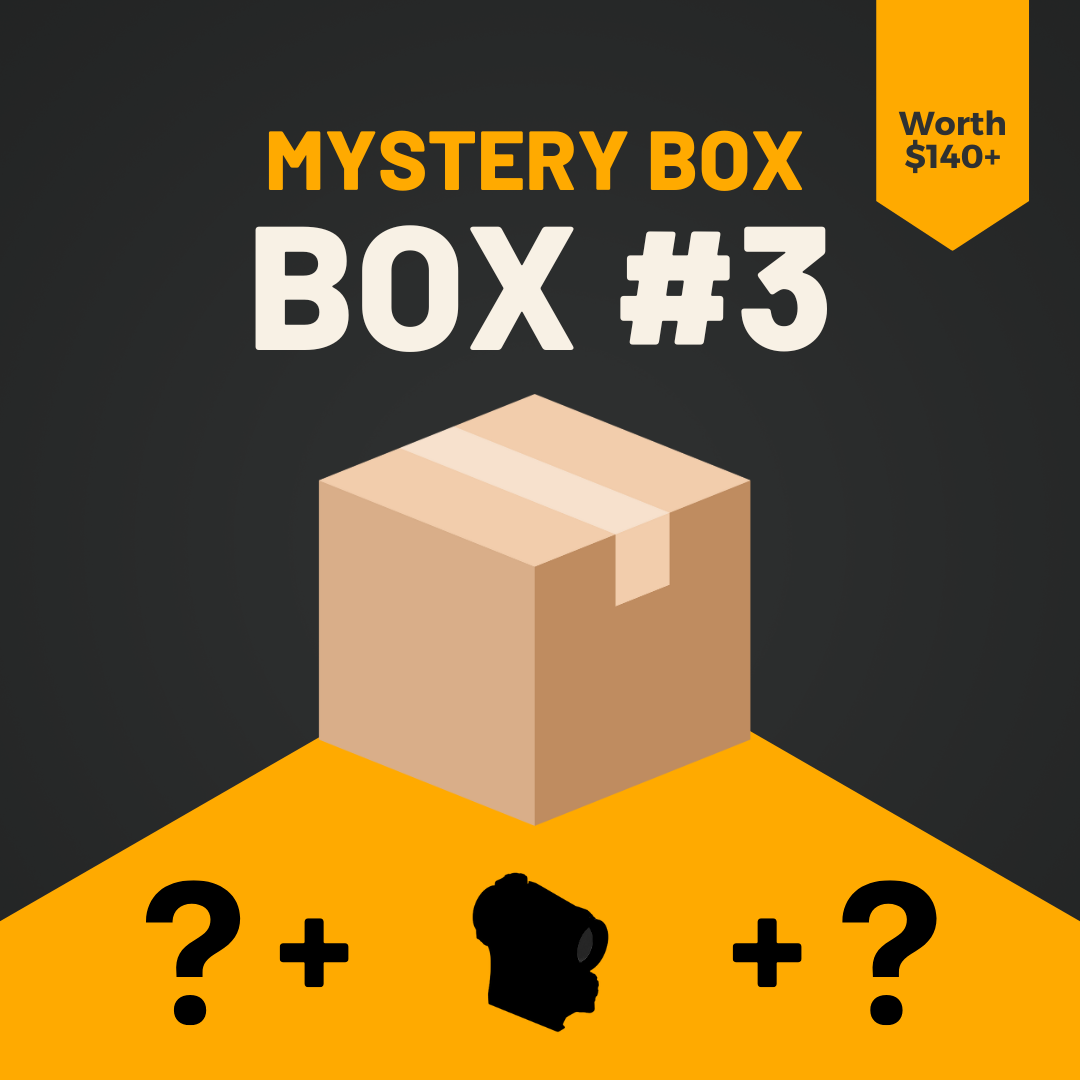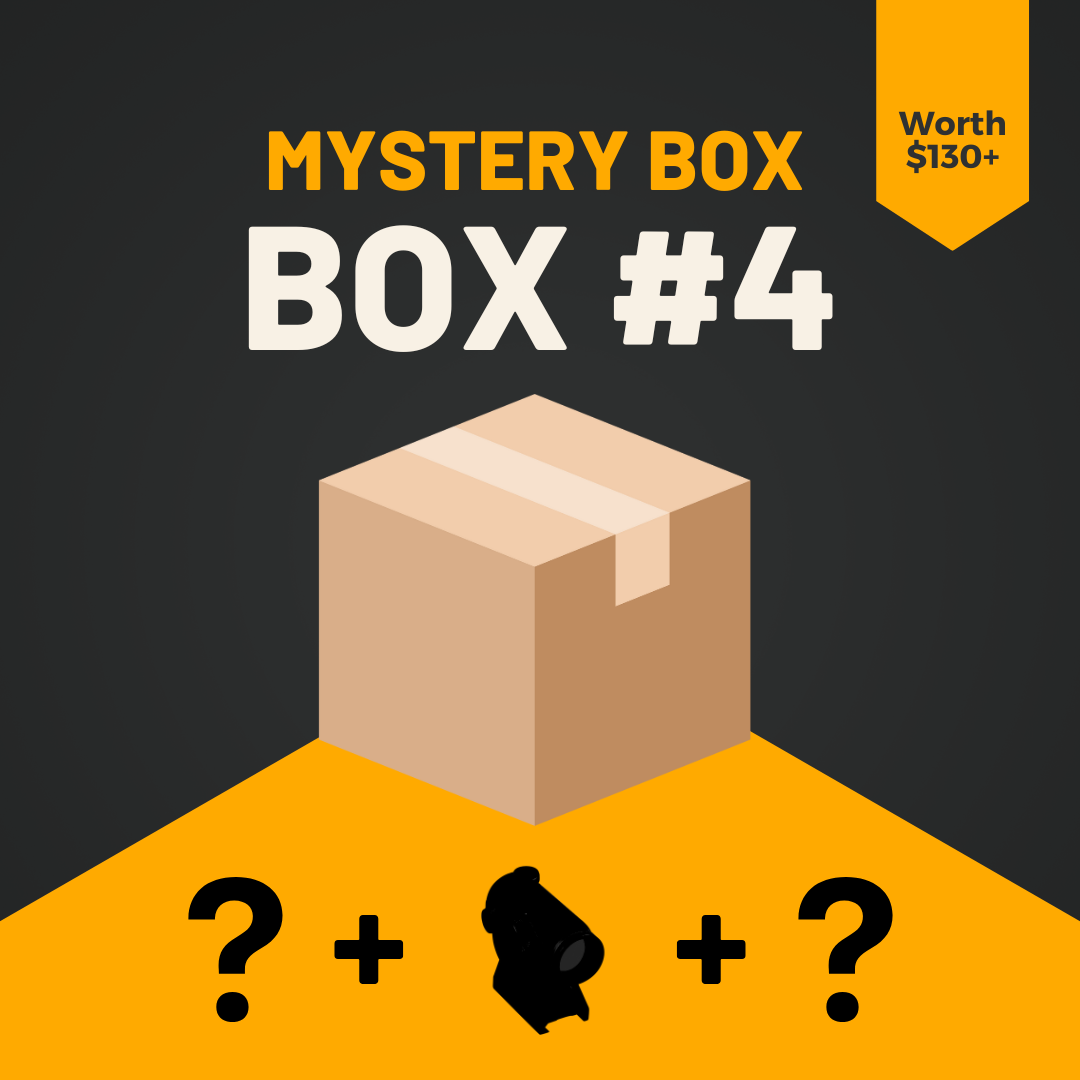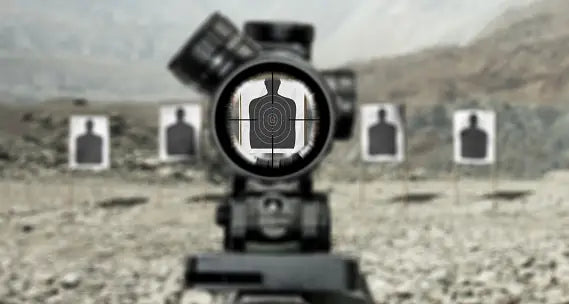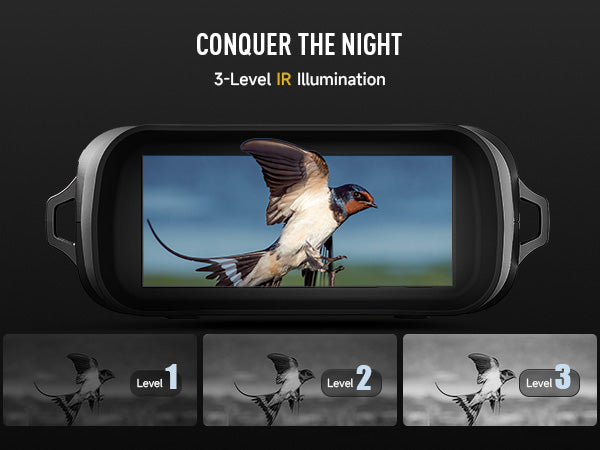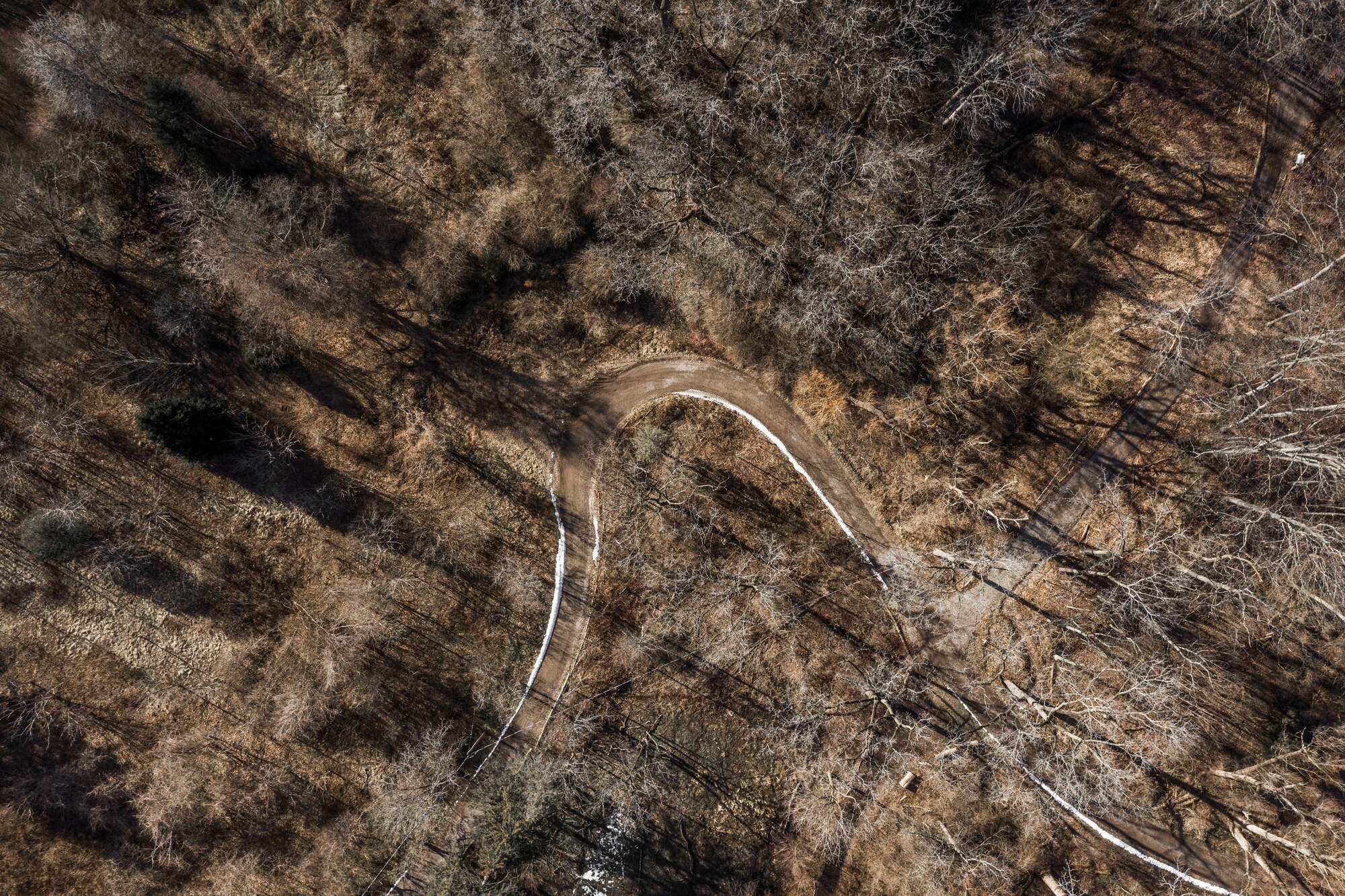Long range hunting has emerged as one of the most challenging and rewarding pursuits in the world of outdoor sports. As technology advances and hunters push the boundaries of their skills, the demand for high-quality, precision optics has never been greater. At the heart of this pursuit lies the long range hunting scope - a crucial piece of equipment that can mean the difference between a successful hunt and a frustrating miss.
(Reading Time: 14-16 Minutes)
In this comprehensive guide, we'll delve deep into the world of long range hunting scopes. We'll explore their performance characteristics, examine their construction and durability, highlight key features to look for, provide valuable buying advice, and share essential usage tips. Whether you're a seasoned long range hunter or just starting your journey into this exciting field, this article will equip you with the knowledge you need to choose and use the perfect scope for your needs.
Understanding Long Range Scopes
Performance Evaluation
Structure and Durability
Key Features to Consider
Buying Advice
Usage Tips for Long Range Scopes
Pinty Long Range Scopes
So, let's begin our journey into the world of long range hunting scopes, where precision meets passion, and every detail counts.
Understanding Long Range Hunting Scopes
Before we dive into the specifics, it's crucial to understand what sets long range scopes for hunting apart from their standard counterparts. Long range scopes are designed to provide clear sight pictures and precise aiming points at distances that push the limits of both the shooter and the firearm. These scopes typically feature:
2. Larger objective lenses for improved light gathering
3. More sophisticated reticles with holdover points
4. Precise adjustment turrets for elevation and windage
5. Parallax adjustment capabilities
With these basics in mind, let's explore the key aspects of long range hunting scopes in more detail.
Performance Evaluation
When evaluating the performance of a long range hunting scope, several factors come into play. Let's examine each of these in detail:
1. Optical Clarity:
The cornerstone of any quality scope is its optical clarity. This refers to the scope's ability to produce a clear, sharp image free from distortion. High-end long range scopes utilize premium glass and advanced lens coatings to maximize light transmission and minimize aberrations.
- Glass Quality: ED (Extra-low Dispersion) or HD (High Definition) glass reduces chromatic aberration.
- Lens Coatings: Multi-coated or fully multi-coated lenses improve light transmission and reduce glare.
- Lens Design: Sophisticated lens designs minimize distortion across the field of view.
2. Magnification Range:
Long range hunting scopes typically offer variable magnification, allowing hunters to adjust their sight picture based on the distance to the target. Common magnification ranges for long range scopes include 4-16x, 5-25x, and even 8-40x for extreme long range applications.
- Low-end Magnification: Useful for target acquisition and closer shots.
- High-end Magnification: Critical for precise aiming at extreme distances.
- Image Quality at Maximum Magnification: Some scopes maintain clarity better than others at high magnifications.
3. Light Transmission:
The ability of a scope to gather and transmit light is crucial, especially in low-light conditions often encountered during prime hunting hours. Factors affecting light transmission include:
- LENS COATINGS: High-quality coatings can significantly improve light transmission.
- INTERNAL LENS DESIGN: The number and arrangement of lenses affect light transmission.
4. Resolution and Contrast:
A scope's ability to resolve fine details and provide good contrast between light and dark areas is crucial for target identification and precise aiming. High-quality scopes maintain good resolution and contrast even in challenging lighting conditions.
5. Color Fidelity:
Accurate color reproduction can be important for target identification and judging distances. Premium scopes often provide truer colors, especially in low light conditions.
6. Field of View:
A wider field of view makes it easier to locate and track targets. However, there's often a trade-off between magnification and field of view. Look for scopes that offer a generous field of view relative to their magnification range.
7. Eye Relief:
Adequate eye relief is crucial for comfort and safety, especially with high-recoil rifles. Long range scopes should offer consistent eye relief across their magnification range. Why is Proper Eye Relief in Rifle Scopes so important?
8. Parallax Adjustment:
At long ranges, parallax becomes a significant factor. Quality long range scopes offer parallax adjustment, typically via a side focus knob or adjustable objective, to ensure the reticle and target are on the same focal plane.
9. Tracking Accuracy:
For long range shooting, it's critical that the scope maintains accuracy when making elevation and windage adjustments. High-end scopes should track true, meaning that dial adjustments correspond precisely to point of impact shifts.

Structure and Durability
Long range for hunting often involves challenging environments and conditions. A scope needs to be built to withstand these challenges while maintaining its precision. Here's what to look for in terms of structure and durability:
- Construction Material: Most high-quality scopes are made from aircraft-grade aluminum. This provides an excellent balance of strength and weight. Some manufacturers use proprietary alloys or reinforced polymers for specific components.
- Tube Diameter: Larger tube diameters (30mm or 34mm) offer increased strength and more room for internal adjustments compared to the standard 1-inch tubes. This allows for greater elevation and windage adjustment ranges, crucial for long range shooting.
- Weather Sealing: A good long range scope should be waterproof and fog-proof. Look for O-ring seals and nitrogen or argon purging. These features prevent moisture ingress and internal fogging, ensuring the scope remains functional in various weather conditions.
- Shock Resistance: The scope should be able to withstand the recoil of powerful long range cartridges without losing zero or suffering internal damage. Many manufacturers subject their scopes to rigorous shock testing to ensure durability.
- Lens Coatings: High-quality coatings not only improve optical performance but also protect the lenses from scratches and environmental factors. Look for scopes with multiple layers of durable, scratch-resistant coatings.
- Temperature Tolerance: A scope should maintain its performance across a wide range of temperatures. This is particularly important for hunters who may encounter extreme weather conditions.
- Turret Construction: The elevation and windage turrets should be robust and precise. Look for machined metal turrets with clear, positive clicks. Some high-end scopes offer locking turrets to prevent accidental adjustments.
- Reticle Durability: The reticle should be able to withstand recoil and temperature changes without shifting or breaking. Etched glass reticles are generally more durable than wire reticles.
- Overall Build Quality: Pay attention to the overall fit and finish of the scope. There should be no loose parts, and all moving components should operate smoothly.
Key Features to Consider
When choosing a long range hunting scope, several key features can enhance your shooting experience and improve your accuracy. Let's explore these in detail:
Reticle Type:
The reticle is arguably one of the most important features of a long range scope. There are several types to consider:
- BDC (Bullet Drop Compensator): Offers holdover points calibrated for specific cartridges.
- Christmas Tree: Provides both elevation and windage reference points, ideal for long range shooting.
- Illuminated: Enhances visibility in low light conditions.
Consider whether you prefer a first focal plane (FFP) or second focal plane (SFP) reticle. FFP reticles maintain their subtensions across all magnifications, while SFP reticles are typically clearer at lower magnifications.
Turret System:
Look for clearly marked, easily adjustable turrets with features such as:
- Zero Stop: Allows you to quickly return to your zero after making adjustments.
- Locking Mechanisms: Prevents accidental adjustments.
- Revolution Indicators: Helps keep track of full rotations for extreme elevation adjustments.
- Custom Turrets: Some manufacturers offer turrets calibrated to your specific load and environmental conditions.
Magnification Range:
Consider the type of hunting you'll be doing and choose a magnification range accordingly. A versatile range like 5-25x covers most long range hunting scenarios.
Objective Lens Size:
Larger objective lenses gather more light but also add weight and bulk. Common sizes for long range scopes range from 44mm to 56mm.
Parallax Adjustment:
Essential for long range accuracy. Look for scopes with easily accessible parallax adjustment, typically via a side focus knob or adjustable objective.
Other Consider
Illumination:
Illuminated reticles can be helpful in low light conditions. Look for scopes with adjustable illumination intensity and auto-off features to conserve battery life.
Lens Coatings:
High-quality coatings improve light transmission and reduce glare. Look for fully multi-coated lenses for the best performance.
Zoom Throw Lever:
This optional accessory allows for quick magnification changes, which can be useful in hunting situations.
Sunshade:
A removable sunshade can help reduce glare in bright conditions.
Advanced Technologies:
Some scopes incorporate advanced features like:
- Electronic reticles with ballistic calculators
- Bluetooth connectivity for syncing with mobile apps
- Rangefinding capabilities
Buying Advice
Choosing the right long range hunting scope is a significant decision that requires careful consideration. Here are some key points to keep in mind when making your purchase:
Set Your Budget: Long range scopes can vary widely in price, from a few hundred dollars to several thousand. While it's often true that you get what you pay for in optics, there are quality options at various price points. Determine how much you're willing to invest and look for the best scope within that range.
Consider Your Hunting Style: Think about the type of hunting you'll be doing most often. If you frequently hunt in low light conditions, prioritize scopes with excellent light transmission and possibly illuminated reticles. For extreme long range shooting, you might need higher magnification and more sophisticated reticles.
Match the Scope to Your Rifle: Ensure the scope is compatible with your rifle in terms of weight, size, and recoil tolerance. A scope that's too heavy can throw off the balance of your rifle, while one that's not built to handle heavy recoil might fail prematurely.
Don't Forget About Mounting: Factor in the cost of high-quality mounts or rings. A great scope poorly mounted will not perform to its potential.
Balance Quality and Features: Sometimes it's better to opt for a simpler scope from a high-quality manufacturer than a feature-packed scope from a less reputable brand. Prioritize optical quality and durability over fancy features.
Consider the Learning Curve: Some advanced scopes have a steeper learning curve. Be honest about how much time you're willing to invest in learning to use your new optic effectively.
Usage Tips for Long Range Hunting Scopes
Getting the most out of your long range hunting scope requires practice and knowledge. Here are some essential tips to help you maximize your scope's potential:
- Proper Mounting: Ensure your scope is mounted correctly. Use high-quality rings or a one-piece mount appropriate for your rifle and scope. Consider having a professional mount and bore sight your scope for the best results.
- Zeroing: Take the time to properly zero your scope. Start at shorter distances (100 yards) and then confirm your zero at longer ranges. Use a stable shooting position and quality ammunition for the most accurate results.
- Understand Your Reticle: Familiarize yourself with your scope's reticle. Practice using the holdover and windage points at various distances. If scope has a ballistic reticle, confirm its accuracy with your specific load.
- Master Parallax Adjustment: Learn to use the parallax adjustment effectively. A properly adjusted parallax ensures your reticle appears stable on the target, regardless of eye position.
- Practice Turret Adjustments: If your hunting style involves dialing for elevation, practice making quick, accurate turret adjustments. Learn how many clicks correspond to specific distances with your load. Understand Mirage: At long distances, mirage can significantly affect your point of impact. Learn to read mirage and adjust your aim accordingly.
- Maintain Proper Eye Relief: Consistent eye relief is crucial for accuracy and safety. Practice getting into a proper shooting position quickly while maintaining the correct eye relief.
- Use Quality Accessories: Invest in a good bipod or shooting rest for stability. A laser rangefinder can be invaluable for long range hunting.
- Regular Maintenance: Keep your scope clean and protected. Use lens caps when not in use and clean the lenses with appropriate materials.
- Practice in Various Conditions: Long range hunting often involves challenging conditions. Practice in wind, low light, and various weather conditions to prepare for real hunting scenarios.
- Understand Your Limits: Know your effective range and the limitations of your equipment. Ethical hunting means taking shots you're confident you can make cleanly.
- Keep a Shooting Log: Maintain a record of your shots, including distance, conditions, and point of impact. This can help you refine your long range shooting skills over time.
Conclusion
Long range hunting scopes are sophisticated pieces of equipment that can dramatically enhance your hunting experience when chosen wisely and used correctly. By understanding the key aspects of performance, durability, and features, you can make an informed decision when selecting a scope. Remember, the best scope for you is one that matches your hunting style, fits your budget, and helps you make ethical, accurate shots.
As you embark on your long range hunting journey, consider exploring various brands and models. While we've discussed many high-end options, there are also quality scopes available at more accessible price points. One brand worth considering is Pinty, known for offering feature-rich scopes at competitive prices.
Pinty's line of long range scopes offers many of the features we've discussed, including variable magnification, illuminated reticles, and robust construction. While they may not have all the bells and whistles of top-tier scopes, Pinty scopes can be an excellent entry point for hunters looking to explore long range shooting without breaking the bank.
Remember, regardless of the brand or model you choose, the key to successful long range hunting lies in practice, understanding your equipment, and respecting the ethics of fair chase. With the right scope and dedication to honing your skills, you'll be well-equipped to take on the challenges and rewards of long range hunting.
Happy hunting, and may your shots fly true!

